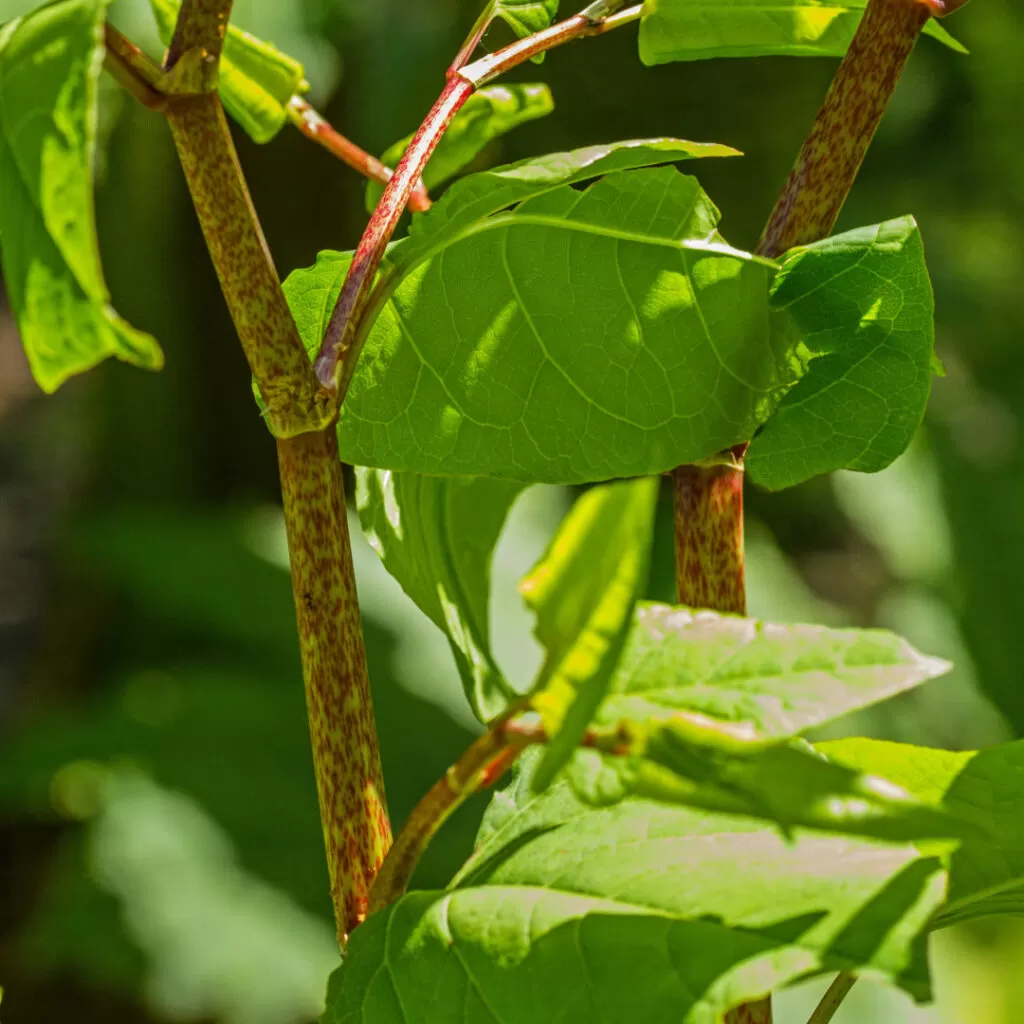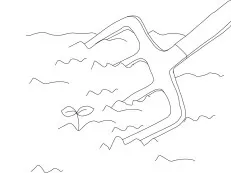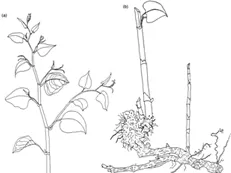Contact Us:
Despite its fascinating features, Japanese knotweed should always be taken seriously if found on your
property as handling it in the incorrect way can encourage further growth. At Japanese Knotweed Expert
Ltd, we provide a professional identification, treatment and removal service for Japanese knotweed and
other invasive weeds. We can provide you with the advice and documentation needed to remove any
Japanese knotweed from your property, ensuring that no further growth is stimulated and providing a
10 year insurance backed guarantee for your peace of mind.
For more information, get in touch by calling us on 01782 479 444 or by emailing us at








